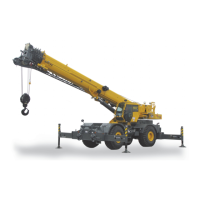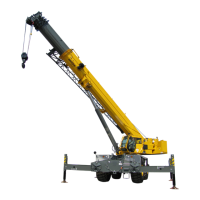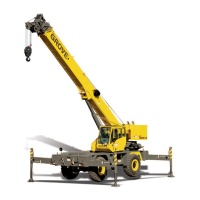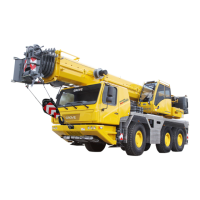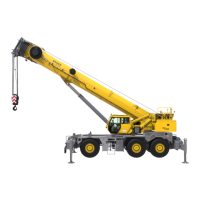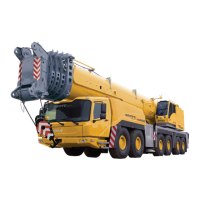Calculate Allowable Load
Lifting is not permitted.
Cease Lifting Operations.
Plan the lift when V(z) < calculated
Maximum Permissible Wind Speed.
It is permissible to lift Allowable load
at this windspeed, V(z)
Maximum Permissible
Wind Speed > V(z)?
YES
YES
NO
NO
NO
V(z) = 3 second gust wind speed at boom tip, m/s (mph)
Ap = Projected Wind Area of Load, m
2
(ft
2
)
Determine Maximum Permissible Wind
Speed
Awr
(Allow)
>Awr
(load) ?
Awr
(load)
= Actual Wind Resistance Area for the Load, m
2
(ft)
Awr
(Allow)
= Allowable Wind Resistance Area of the Load, m
2
(ft2
Cd = air drag coefficient of load
Calculate
Awr
(load)
= Ap X Cd
Determine Cd of Load
Ap = maximum height X maximum length
See Figure 2-2
Lifting is not permitted.
Cease Lifting Operations
V(z) > 20.1 m/s (45 mph)
13.4 m/s < V(z) < 20.1 m/s
(30 mph < V(z) <
45 mph)
Use Main Boom on
Fully Extended Outriggers ONLY
V(z) < 13.4 m/s (30 mph)
Main Boom
Allowable load =
Published Rated Capacity
Allowable Load = Published Rated Capacity
X Capacity Reduction Factor
(from Load Chart Notes)
Determine Ap
Ap / Allowable Load < 0.5 m
2
/t ?
(Ap / Allowable Load < 0.0025 ft
2
/lb)
Awr
(Allow)
= 1.2 m
2
/t
(Awr
(Allow)
= 0.0059 ft
2
/lb)
From Table 2-2
Calculate
Awr
(Allow)
of allowable load
YES
Calculate Ratio:
Awr
(load)
/Awr
(Allow)
From (Table 2-3)
Determine 3-Second Gust
Wind Speed at boom tip,
V(z)
V(z) = [(z/10)
0.14
+ 0.4]v [m/s]
V(z) = [(z/33)
0.14
+ 0.4]v [mph]
FIGURE 2-1
Simplified Method to Determine Maximum Permissible Wind Speed

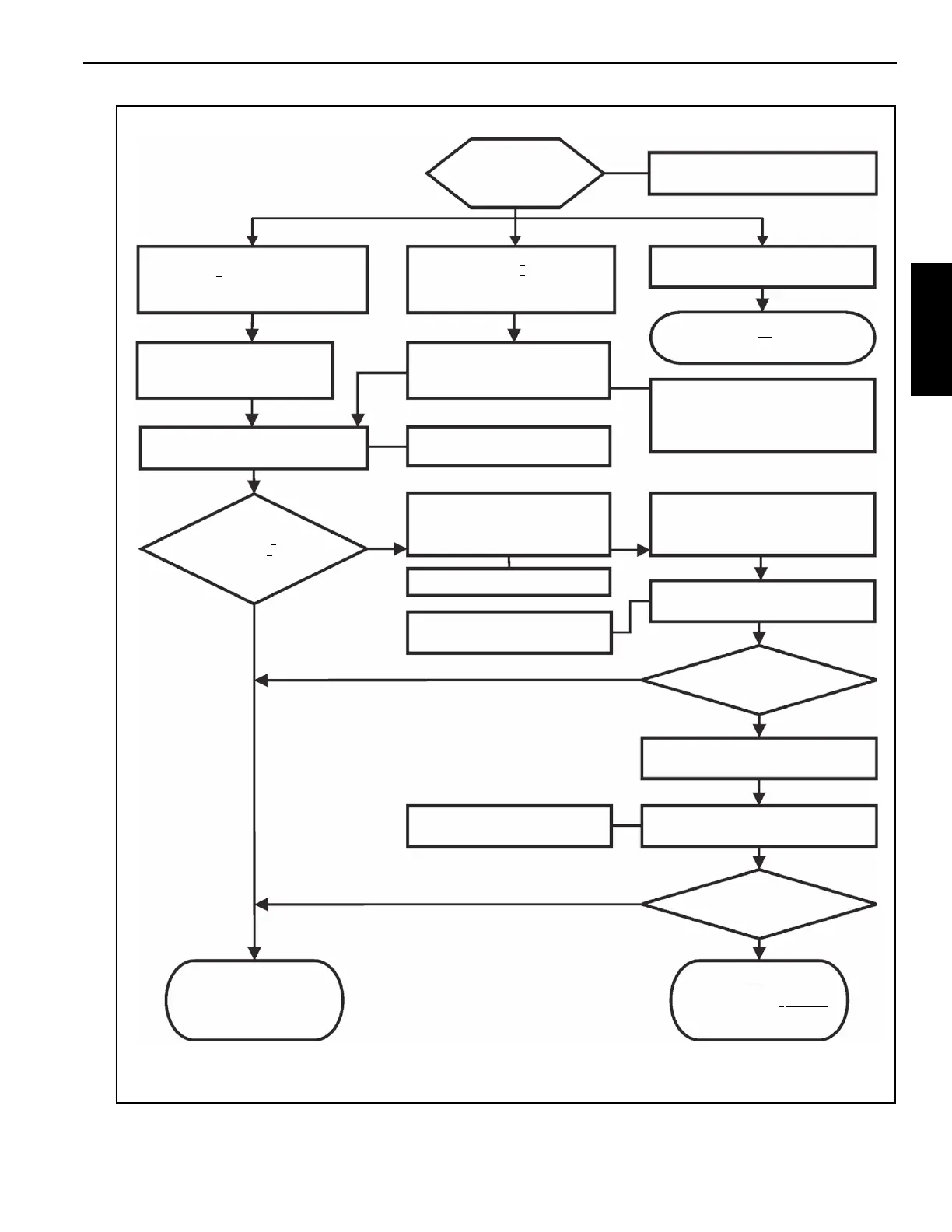